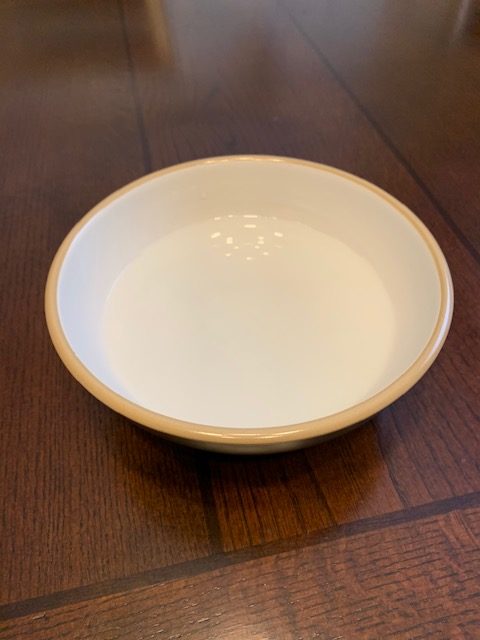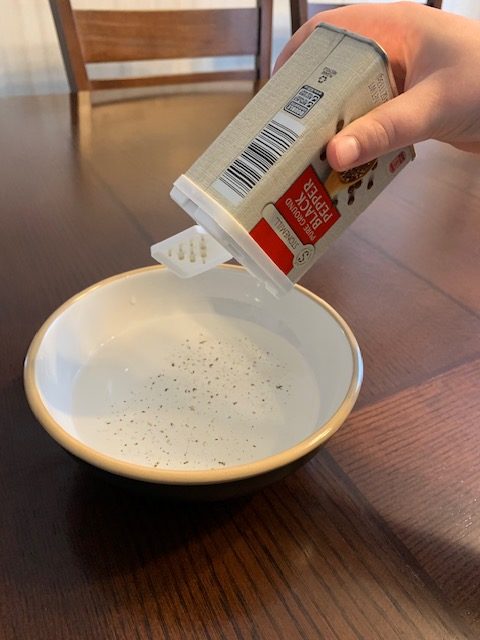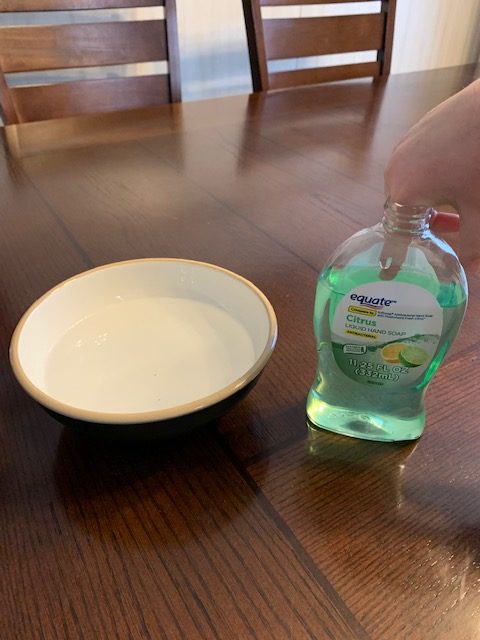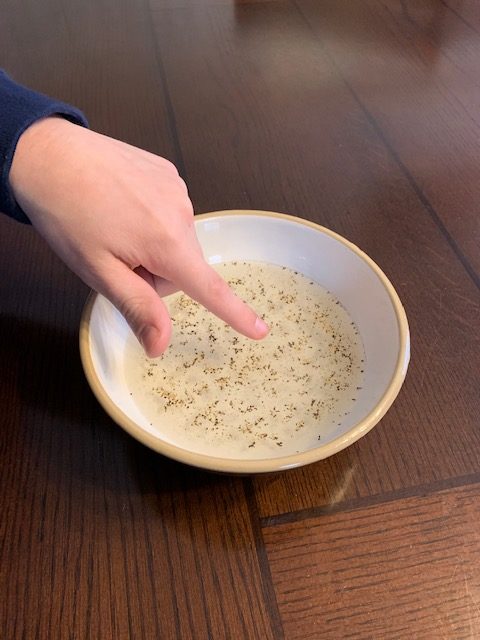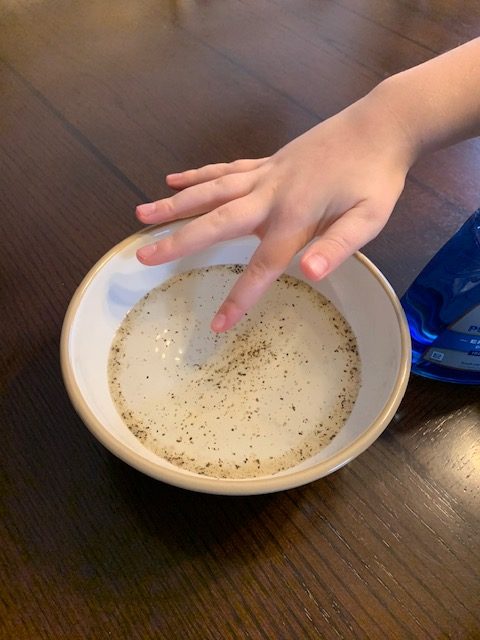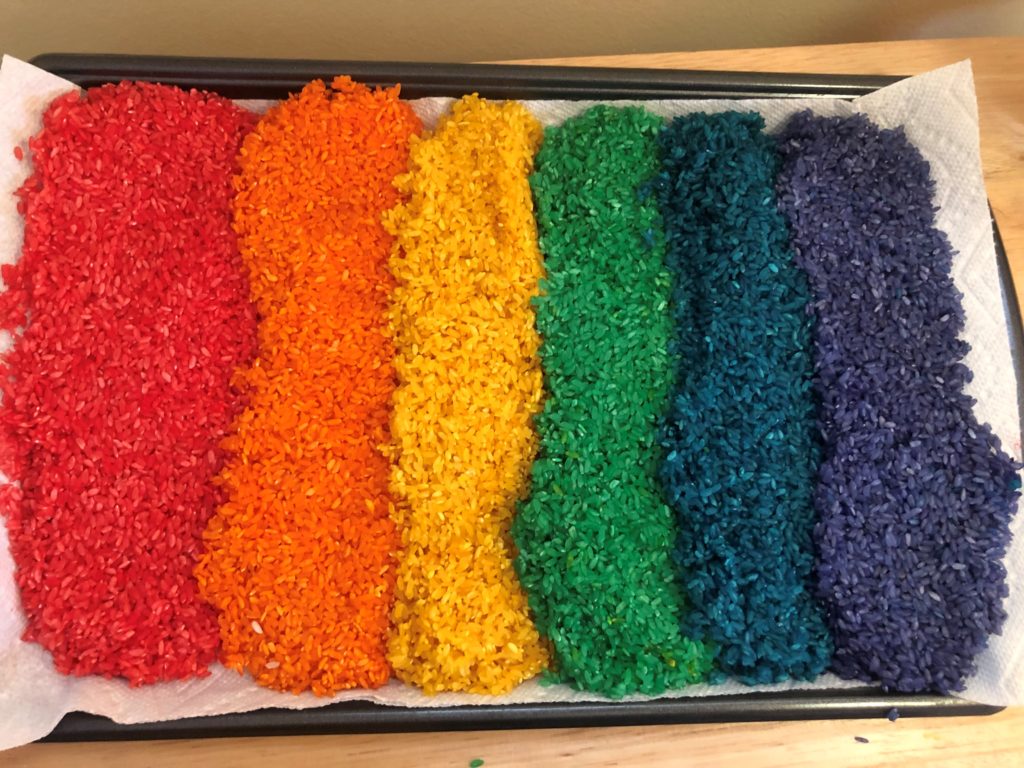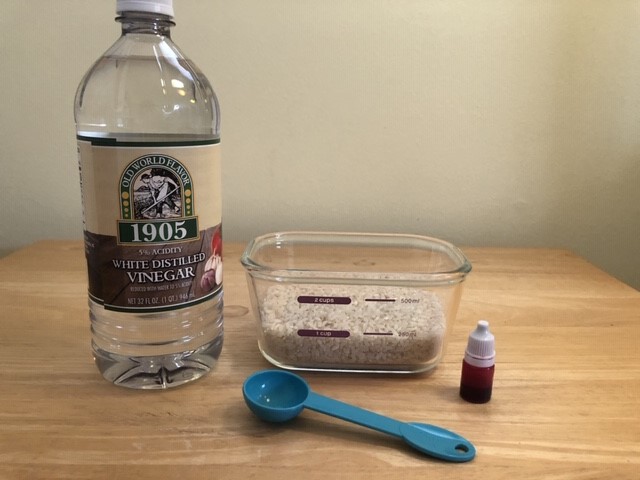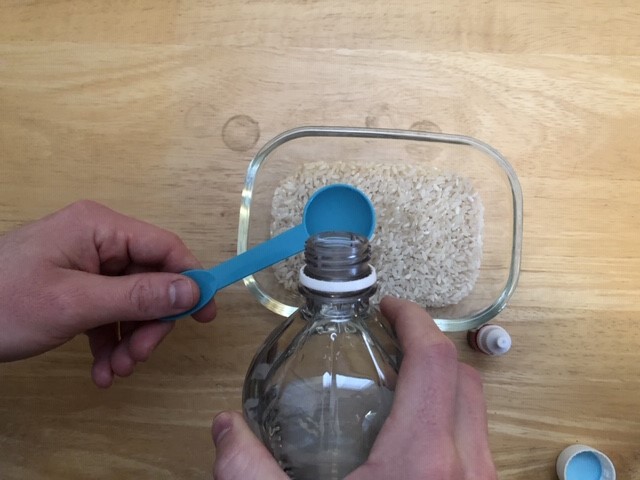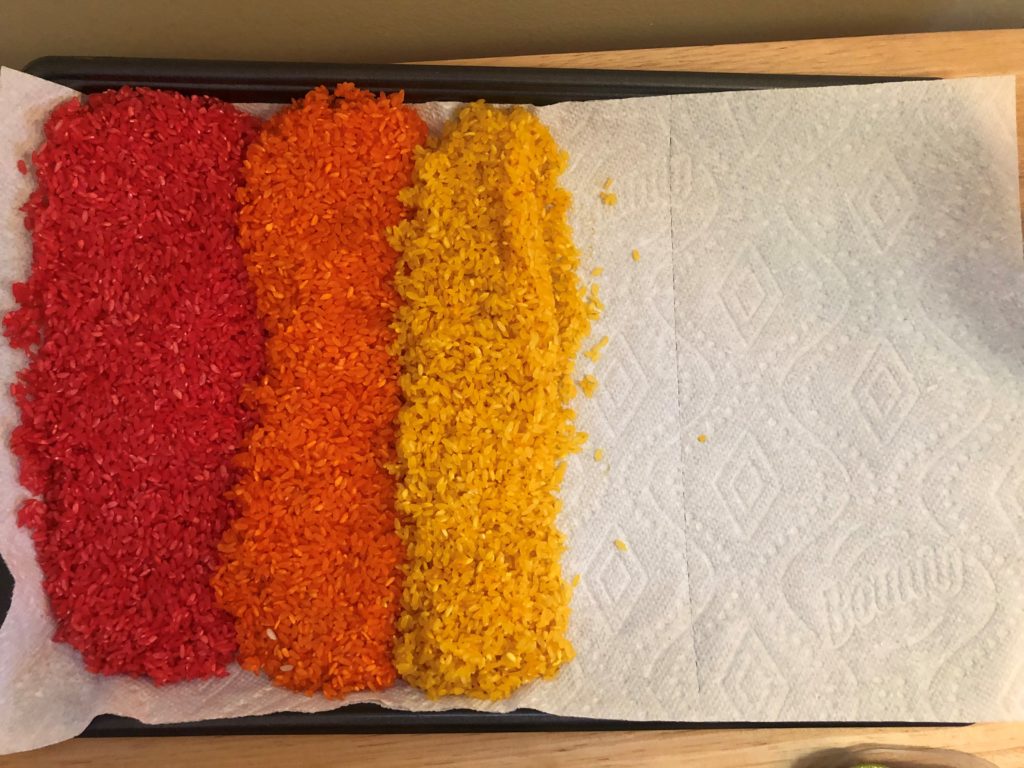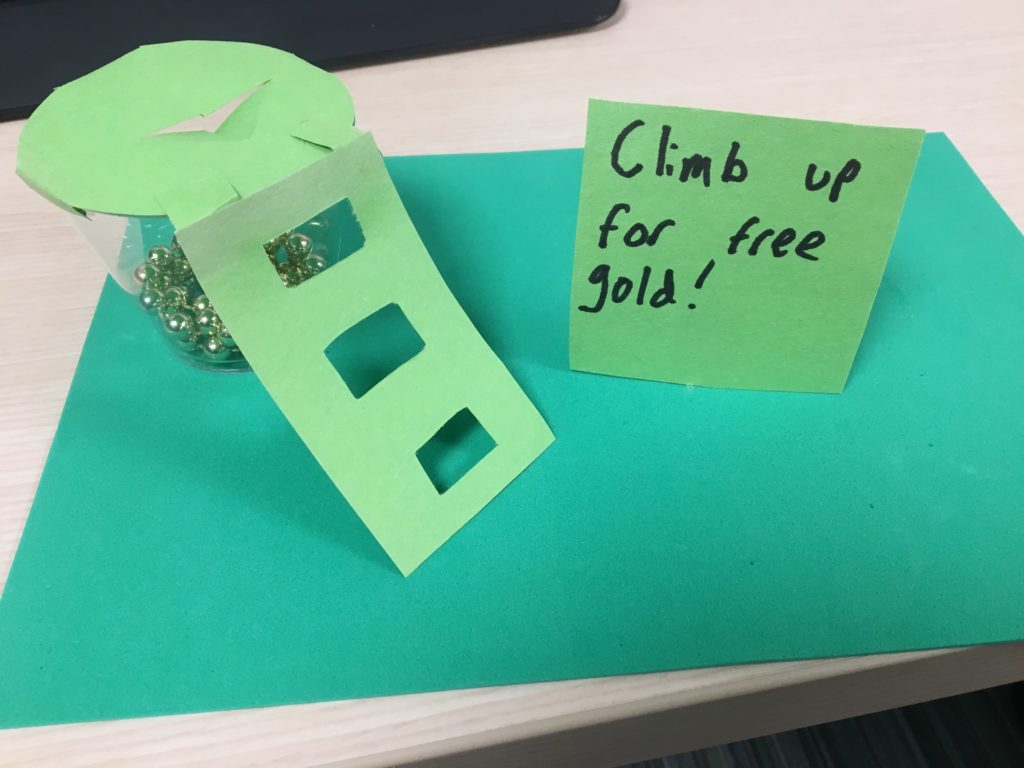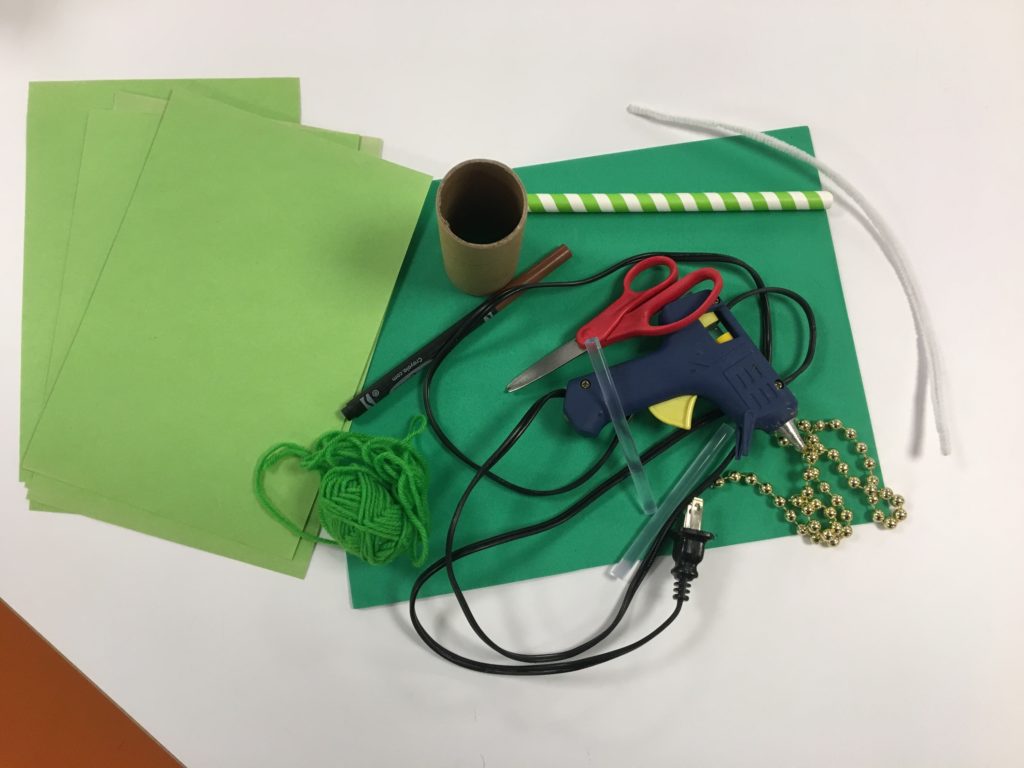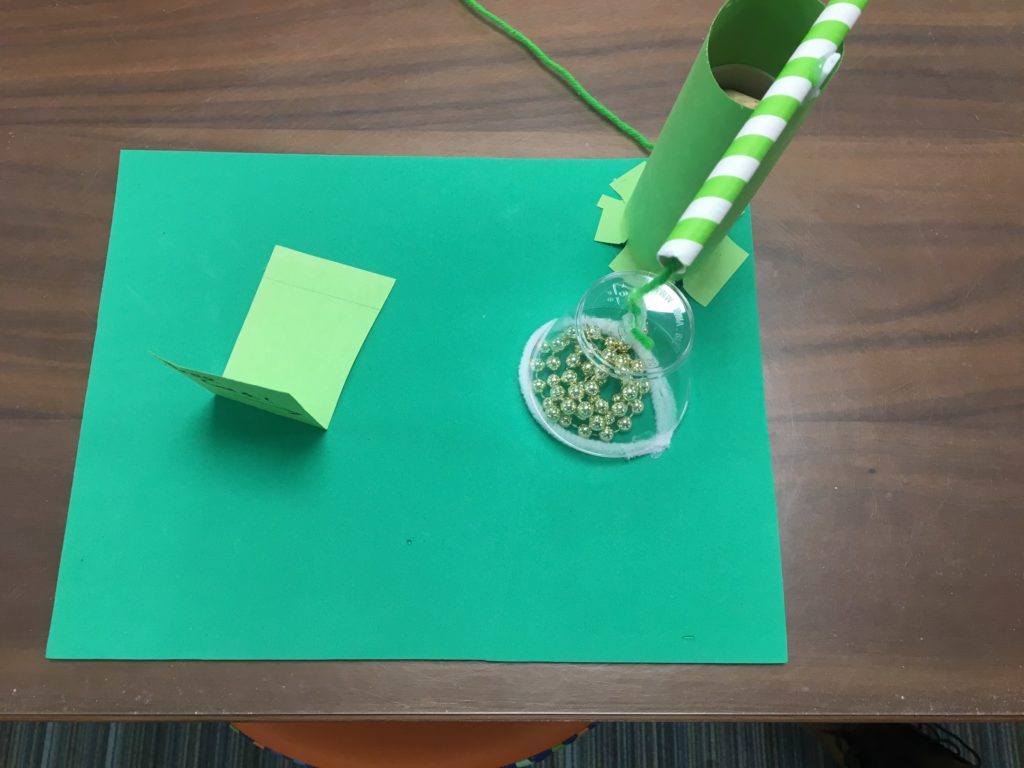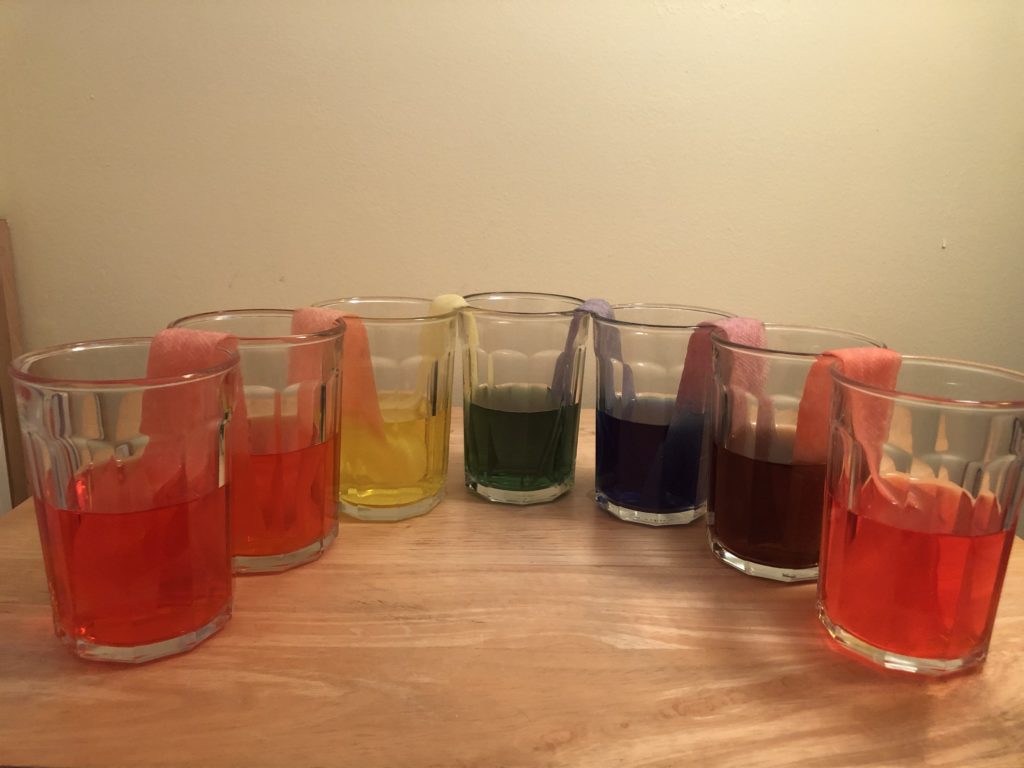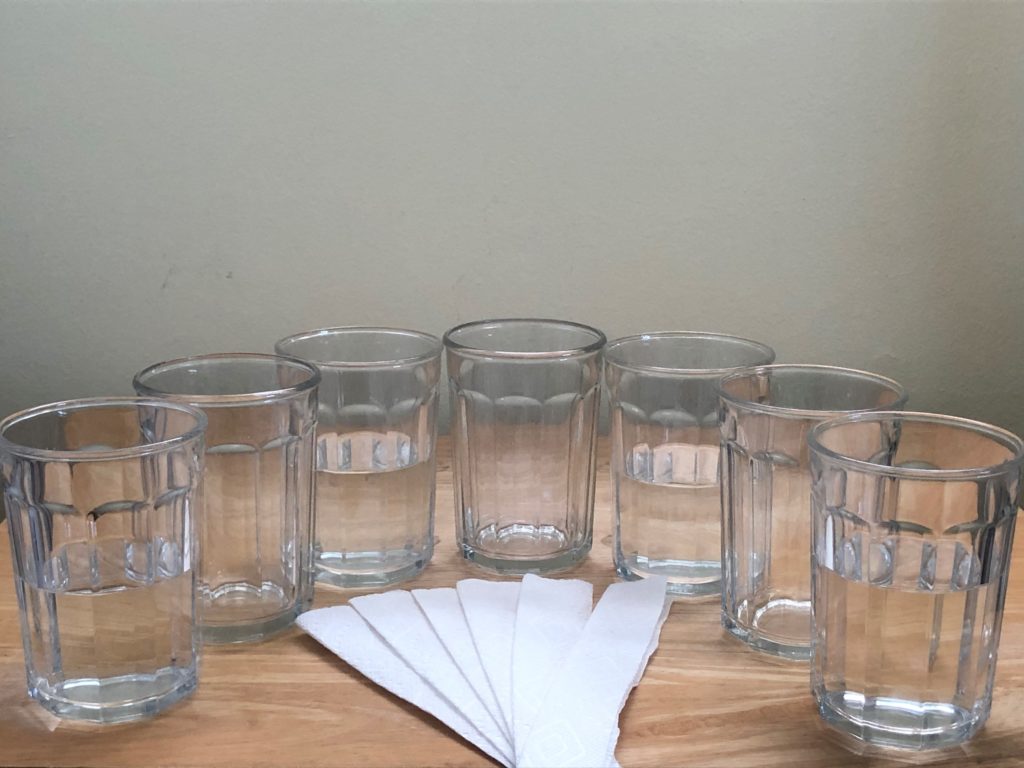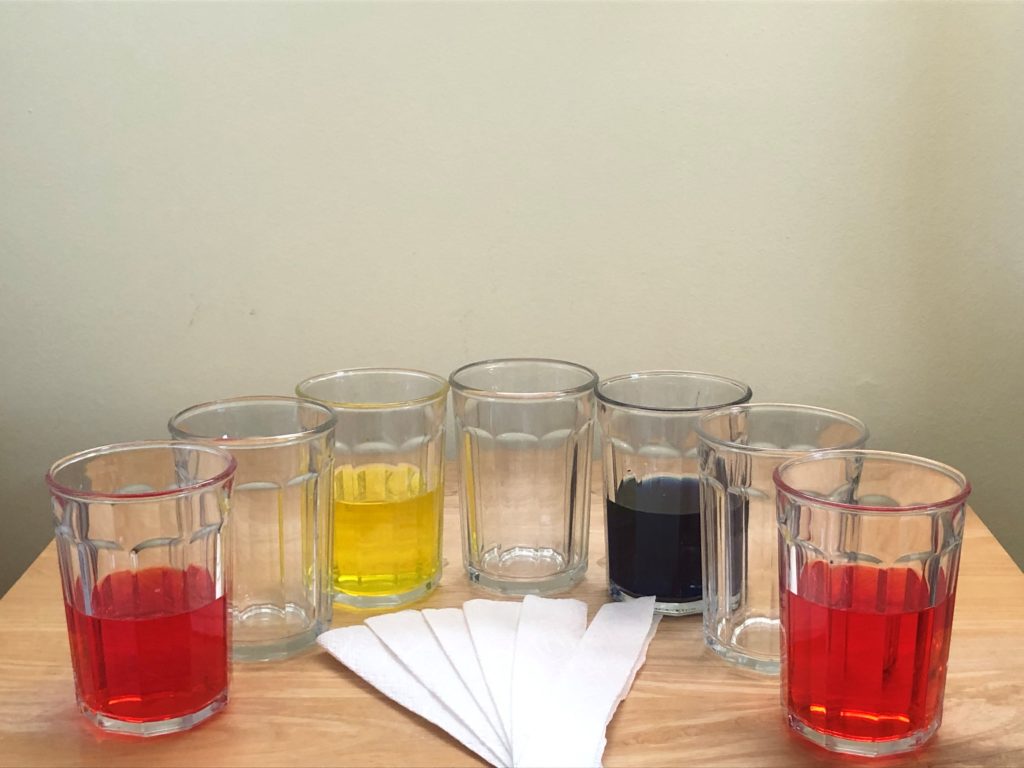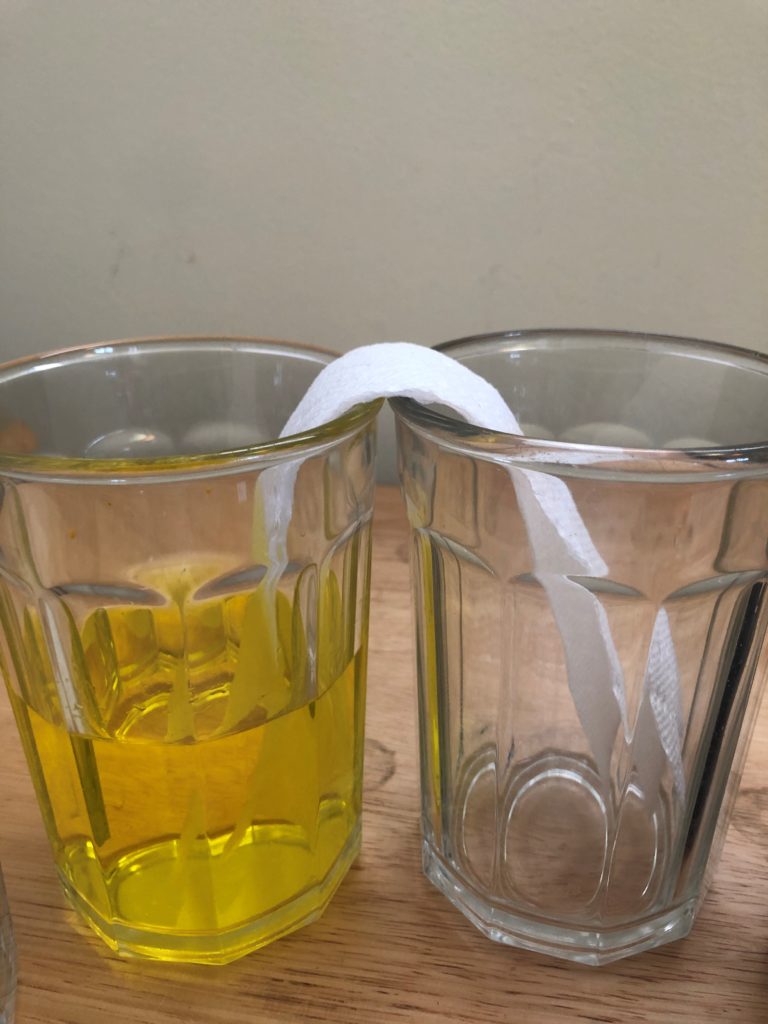Presented by: M&T Bank
By Will Kawalec
Lead Play to Learn Facilitator
Materials:
Construction Paper
Pre-Cut Shapes (construction paper)
Glue Sticks
Crayons and/or Markers
Length:
Set up: 5 Minutes
Activity 5-20 Minutes
Academic Subject(s):
Art, Architecture, Math
This lesson supports Preschool to Second Grade:
MST PK.G.A
MST K.G.A, K.G.B,
MST 1.G.A.2
MST 2.G.A.1
SCI K-2-ETS1-2
This lesson supports areas of Early Childhood Development and PreK Curriculum: To build a 2D house or building out of precut shapes. Have a building to display that is made up of entirely shapes. Recognizing Shapes, using shapes and imagination to create a building structure. Using shapes to create an imaginative image. Using shapes to mimic famous buildings ( including famous Buffalo buildings).

Directions:
Step 1: Start by selecting one sheet of construction paper for your buildings backdrop.
Step 2: Select the shapes you will want to use to build your structures, circle, square, rectangle, triangles, arch, oval, column. Step 3: Arrange the shapes to make a structure of your choosing then when ready glue the shapes to the construction paper to make your building.
Step 4: Decorate glued shapes after the glue has dried.

Vocabulary Words
·Architecture: The practice of designing and constructing buildings.
·Architect: Someone who does architecture for their career.
·Façade: The front side or face of a building.

